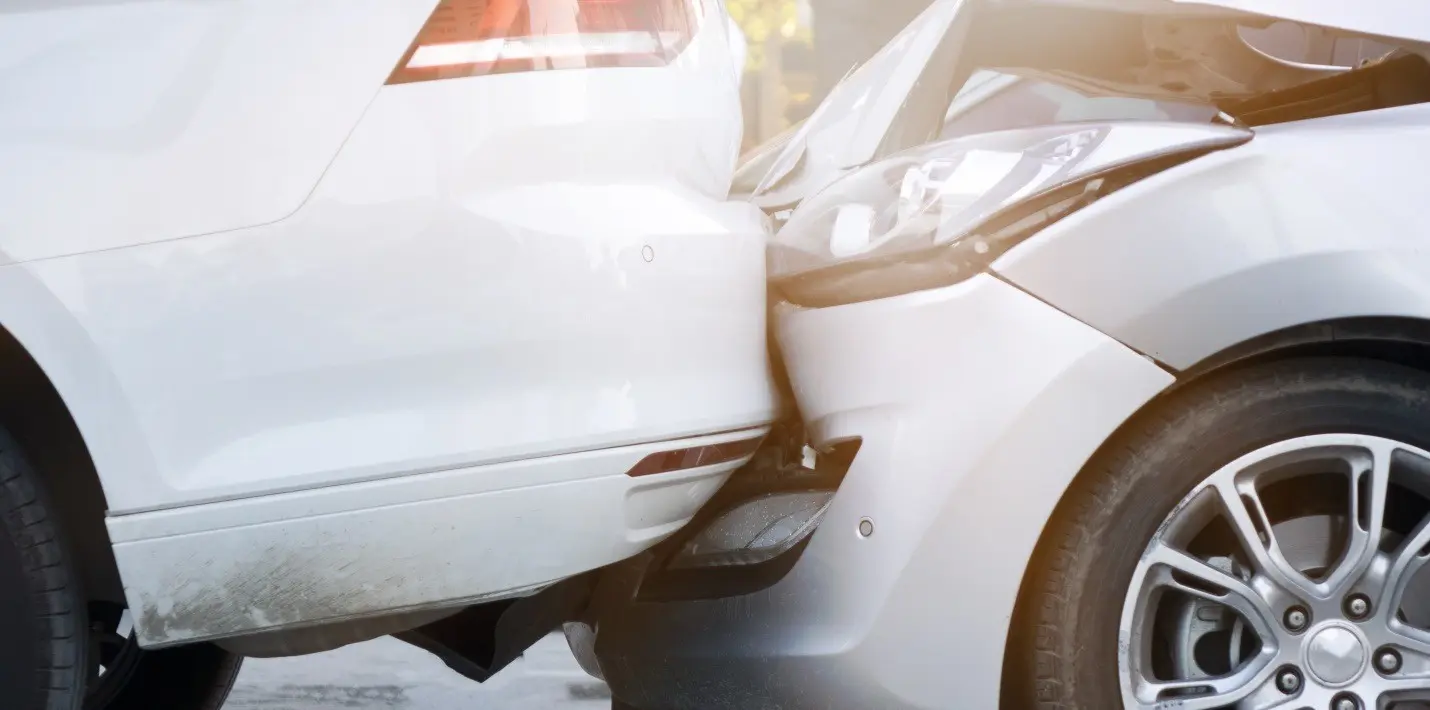Hit-and-run accidents don’t just cause physical injuries. They leave victims coping with emotional trauma and financial strains while pursuing justice. From my reporting, I know that advocacy groups are trying to strengthen laws that protect these victims and hold people accountable in Virginia. Such organizations provide critical help for those seeking to deal with the psychological trauma of being left at an accident scene and urging legislators to craft tougher penalties for those who flee.
Their work is crucial, as hit-and-run incidents continue to shatter communities, with many recording impeded faith in fellow drivers and the justice system. There are emotional resources for local victims through support groups, and legal advocates work behind the scenes to change legislation.
So, just like that, they’re forming a net of support to those who are experiencing one of the worst things that can happen on the highway — finding themselves alone, after an accident, with no details on the person responsible for their pain.
Understanding Hit-and-Run Incidents and Their Impact
Hit-and-run accidents occur when someone involved in a crash leaves the scene without providing information or helping injured parties. These incidents create significant challenges for victims who must deal with emotional trauma, financial burdens, and complex legal obstacles.
The Emotional and Psychological Aftermath of Hit-and-Runs
Physical injuries from hit-and-run accidents are top of mind for victims, but the psychological damage runs deep, too. Many develop symptoms of PTSD, such as flashbacks, anxiety and sleep difficulties, that can last months or years. It then feels particularly cruel when we’re left to suffer, and injured, with no help; it’s a form of emotional vulnerability and betrayal.
It often results in a distrust of others and increased anxiety in traffic scenarios. Hit-and-run children can develop targeted fears of cars or of roads. Recovery generally demands outside assistance: these emotional scabs are often just as injurious as physical damage.
For hit-and-run survivors, support groups form a lifeline of community healing. The relatives need support as well, they often cope with rage and anger about the injustice.
Economic Consequences for Victims
The financial burden of hit-and-run accidents can be overwhelming. Without information from the responsible party, victims may struggle to get insurance coverage for their damages and injuries.
Medical expenses often pile up quickly:
- Emergency transport and treatment costs
- Hospital stays and surgeries
- Physical therapy and rehabilitation
- Ongoing medication needs
Property damage adds another layer of financial strain. Car repairs or replacement, damaged personal items, and sometimes even property damage at the crash site all become the victim’s responsibility.
Lost wages compound these difficulties when injuries prevent victims from working. Many hit-and-run victims must turn to personal injury lawsuits against their own insurance companies to seek compensation.
Challenges in Identifying Offenders and Seeking Justice
Finding those responsible for hit-and-run crashes presents unique investigative challenges. Without immediate identification, crucial evidence may disappear as time passes.
Law enforcement relies heavily on:
- Traffic camera footage
- Eyewitness accounts
- Vehicle debris at the scene
- Community tips
Witness cooperation is essential, but memories fade and details become less reliable with time. Some witnesses may be reluctant to get involved, further complicating investigations.
Personal injury attorneys often become valuable allies for victims. They can help navigate the complex legal process, coordinate with investigators, and ensure victims understand their rights.
Technology is improving identification rates through automated license plate readers and social media campaigns. However, many cases remain unsolved, leaving victims without closure or compensation from the responsible parties.
Advocating for Stronger Hit-and-Run Laws
Strengthening hit-and-run laws requires coordinated efforts from multiple stakeholders working toward meaningful legal reforms. These efforts aim to ensure justice for victims while creating stronger deterrents for potential offenders.
Advocacy Groups’ Efforts to Change Hit-and-Run Laws
Changing hit-and-run laws can be attributed, at least in part, to advocacy groups. They gather stories from victims and their families to help make clear to lawmakers why tougher penalties matter.
These types of organizations are often born out of the grass roots, by people who themselves have directly experienced (or know someone who has had) a hit and run. They gather support through community meetings, social media campaigns and partnerships with law enforcement.
Successful advocacy groups often start with data collection to illustrate the breadth of the problem. They monitor hit-and-runs, particularly those involving uninsured drivers, to illustrate trends that need attention.
Groups like Mothers Against Drunk Driving (MADD) have expanded their focus to include hit-and-run incidents, recognizing the overlap between impaired driving and leaving accident scenes.
Legal Reforms and Enhanced Penalties
Legal reforms for hit-and-run incidents typically focus on increasing both criminal penalties and civil liability. Many states have moved to classify serious hit-and-run crashes as felonies rather than misdemeanors.
Minimum sentencing guidelines have been introduced in several states, ensuring that those who flee accident scenes face meaningful consequences. These often include mandatory jail time for incidents causing serious injury or death.
Some states have implemented “Amber Alert”-style systems specifically for hit-and-run incidents. These systems quickly distribute information about suspect vehicles to the public.
Stricter penalties often include:
- Longer license suspensions
- Higher fines
- Mandatory community service
- Enhanced charges when alcohol is involved
Prevention Through Education and Public Awareness
Public awareness campaigns help prevent hit-and-run incidents by educating drivers about legal obligations and consequences. These campaigns often use powerful personal stories to create emotional impact.
Social media has become a key tool for spreading prevention messages. Short videos explaining the legal and moral responsibilities of drivers reach audiences that traditional campaigns might miss.
Educational efforts increasingly target young drivers through school programs and driver’s education courses. These programs emphasize that staying at the scene is both legally required and morally right.
Ride-share companies have joined prevention efforts by educating their drivers about accident protocols and legal requirements, helping reduce panic-based fleeing from accident scenes.
Support Systems and Resources for Victims
Support systems for hit-and-run victims include specialized victim advocates who guide through the complicated maze of the legal and insurance world. These advocates link victims to resources for their physical and emotional recovery. Financial assistance programs can help pay for immediate needs when insurance claims are delayed. A handful of states have their own victim compensation funds dedicated to hit-and-runs.
Insurance mechanisms such as uninsured motorist coverage and personal injury protection (PIP) helped victims bridge financial gaps. These important coverage options are often communicated to the public through advocacy groups. Support groups help victims connect with others who can relate and discuss ways to heal. These bonds provide much-needed connection, which diminishes the isolation many survivors experience in their recovery.

